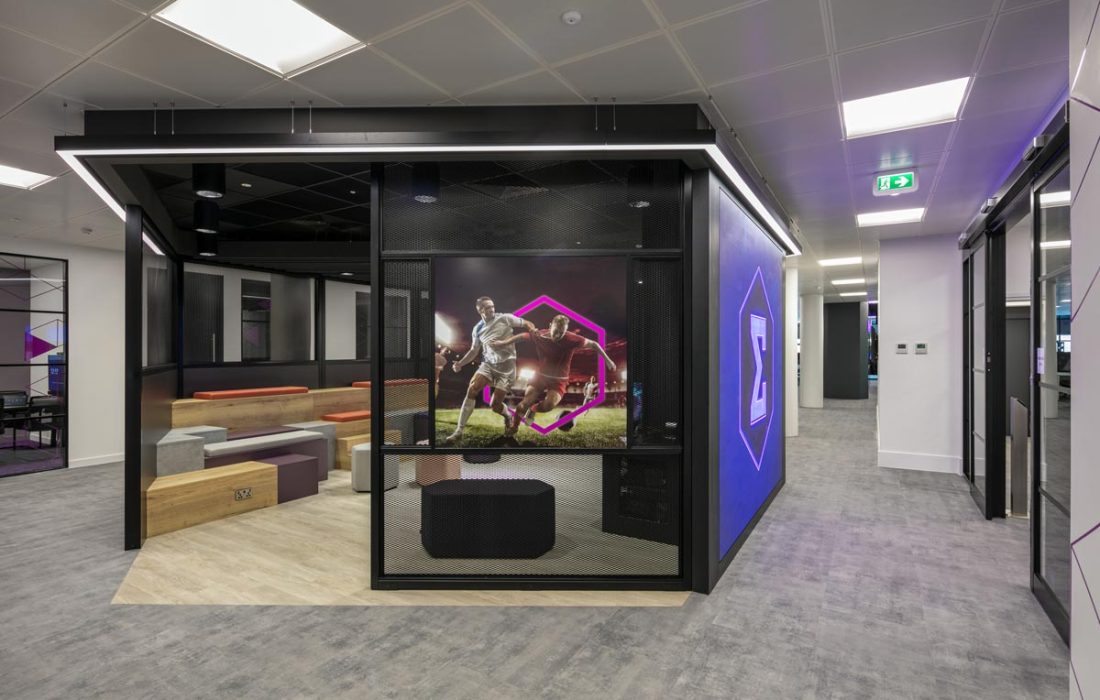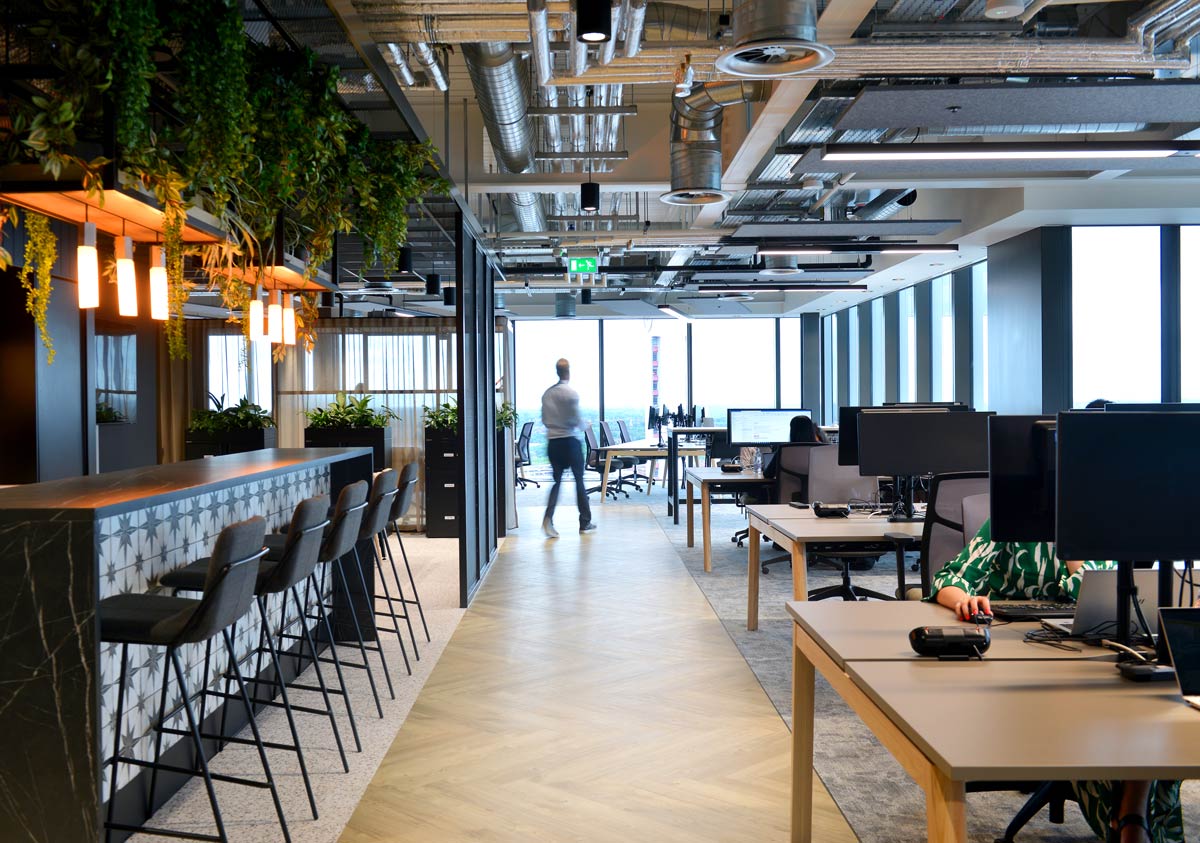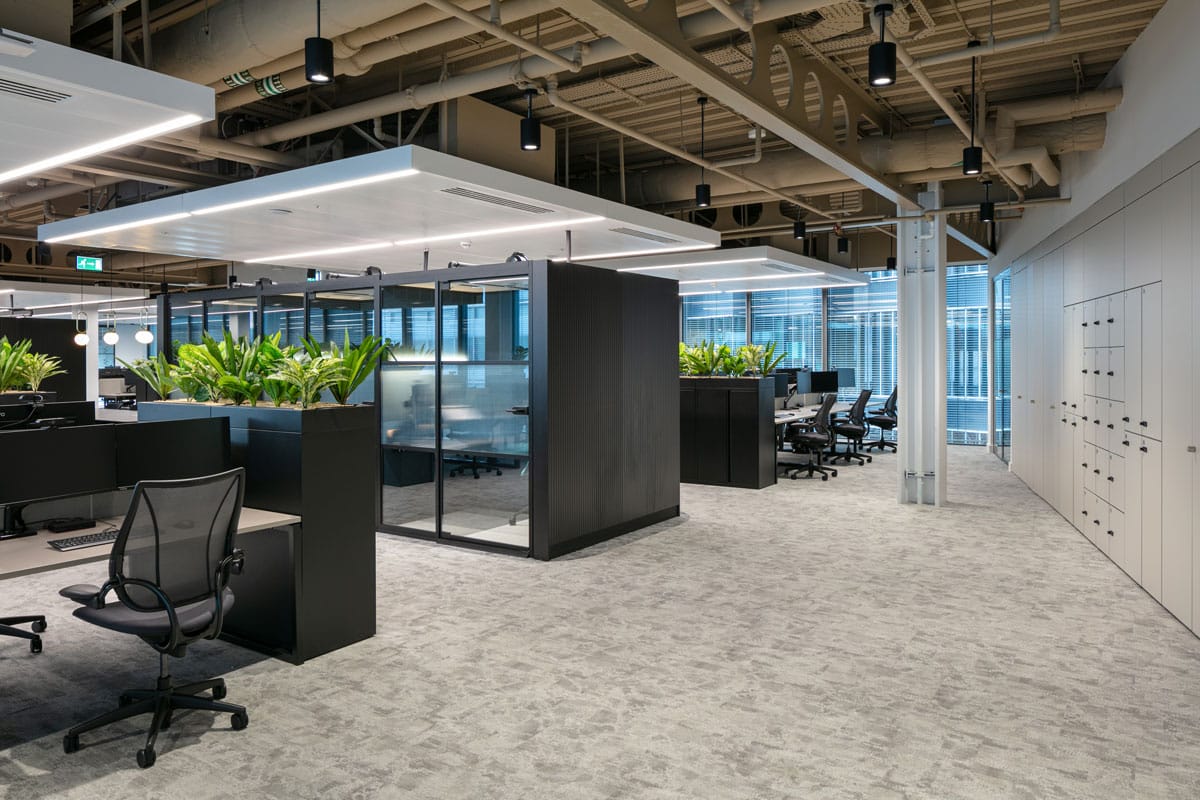Men’s health remains one of the most under-discussed topics in workplace wellbeing. While mental health campaigns have grown in prominence, men are still statistically less likely to seek support or speak openly. Workplace design can help bridge this gap—encouraging wellbeing, privacy, and positive behaviours through intentional spatial planning.
The Silent Crisis: Why Men’s Health Needs Attention
Men often face social pressure to appear strong and unaffected, which can result in ignoring mental or physical health concerns. Studies reveal men are less likely to access psychological support or report symptoms of stress, anxiety, or burnout.
Workplaces have a role to play—not just through policies, but by creating environments that make seeking support easier and more discreet. A well-designed office can empower men to prioritise their health without feeling exposed.
Private Spaces for Reflection and Support
Privacy is essential for fostering emotional wellbeing. For men who may hesitate to open up in public, dedicated quiet zones or wellness rooms offer a space to decompress, meditate, or simply step away from busy areas.
Features that can support this include:
- Soundproofed booths for phone or video therapy sessions.
- Multi-functional wellbeing rooms with soft lighting, comfortable seating, and minimal distractions.
- Quiet zones for solo work, reflection, or breaks from overstimulation.
When included thoughtfully, these spaces send a clear message: looking after your mental health is not only accepted—it’s supported.
Biophilic Design: Bringing the Outdoors In
The connection between nature and mental wellbeing is well established. Biophilic design—incorporating natural elements into the workplace—has been shown to reduce stress and improve cognitive function.
To better support men’s wellbeing, offices can include:
- Natural materials and finishes like timber or stone.
- Indoor plants and green walls to promote calm and fresh air.
- Views of outdoor landscapes or roof gardens.
- Natural light to support circadian rhythms and sleep cycles.
Creating a more organic, human-centred environment helps reduce the harshness of traditional corporate interiors, which can sometimes feel sterile and uninviting.
Fitness and Movement Opportunities
Physical health plays a key role in overall wellbeing, particularly for men. Encouraging movement throughout the day has both mental and physical benefits.
Workplace design can encourage active behaviours through:
- On-site gyms or partnerships with local fitness providers.
- Showers and bike storage for commuters.
- Standing desks, walking routes, or active breakout spaces.
Promoting these facilities normalises physical health as a key part of the working day—helping break down the stigma around self-care.
Inclusive Toilets and Changing Areas
Men’s health also includes physical considerations, such as prostate health and testicular cancer, which may require regular medical checks. Inclusive, hygienic, and private toilets and changing areas are an often-overlooked element of supporting health at work.
These should include:
- Private cubicles with good ventilation and lighting.
- Easy access to sanitary products for post-treatment care.
- Space for discreet self-checks or breaks from meetings without scrutiny.
Designing for Openness and Discretion
It’s important to balance openness with discretion. Men may not feel comfortable in highly visible support settings, so offices should cater to both private and group interactions.
Consider:
- Zoned collaboration areas away from main walkways to support casual conversations.
- Subtle signage that directs staff to mental health resources or support networks.
- Flexible layouts that allow individuals to choose how and where they work, depending on their mood or energy levels.
The goal is to create an environment where wellbeing is embedded in the culture—not simply an add-on.
Mental Health Signposting Through Design
Visual cues and accessibility matter. The physical layout of an office can either encourage or hinder awareness of available mental health support. Wall graphics, noticeboards, or QR codes leading to internal resources can act as constant, discreet prompts.
Equally, placing wellbeing literature in casual areas like breakout zones can make it feel part of the day-to-day—rather than a response to crisis.








